Proud Memories of Liberation
In the spring of 1975, Vietnam surged into a final offensive, determined to liberate the South and reunify the country. In Bình Thuận Province, revolutionary momentum was at an all-time high. Following strategic orders, the local armed forces and people launched a series of bold attacks. By April 13, a vast rural area had been freed, key segments of Highway 1 were under control, and enemy forces were cornered and isolated in Phan Thiết.
On April 18, the Eastern Coastal Front Command deployed main force units—including tank brigades and the 2nd Infantry Corps—coordinating with local troops to march along Highway 1 toward Phan Thiết. By 6:30 PM, Battalion 130 began shelling the town center, key headquarters, and supply depots. At 7:00 PM, the 2nd Corps reached Phú Long Bridge and linked up with Battalion 15. From there, tanks split into two assault routes: flanking via Phú Hài and advancing straight through the main road. Infantry and armored units stormed the town, targeting command centers. By 9:00 PM, all key provincial offices had fallen. By 10:00 PM, tanks had liberated the harbor and Thương Chánh post. By 11:30 PM, the airport and remaining enemy outposts were fully under control.
.jpg)
.jpg)
At 2:00 AM on April 19, the Phan Thiết prison was liberated, freeing over 400 comrades and fellow Vietnamese who had been held captive. By 5:00 AM, the frontline command and provincial leaders had entered the town. Special task forces then moved on to liberate the Hải Long district in Mũi Né and the Ngã Hai district to the south. By sunrise, Phan Thiết was completely liberated.

Just days later, the people of Phan Thiết contributed to the final push toward the liberation of Sài Gòn on April 30, 1975—the day that marked Vietnam’s reunification.
.jpg)
From a Celestial Phenomenon to a Coastal Tourism City
After liberation, Phan Thiết was a modest town with only 9 wards and communes, home to 88,800 people. War had left the area in ruins—food shortages, joblessness, and a lack of infrastructure and resources were everyday realities. Yet, driven by resilience and creativity, the people and leadership of Phan Thiết pulled together to rebuild, restore livelihoods, and revive production.
Through decades of tireless effort, leaders gradually unlocked the city’s potential by being bold, responsible, and resourceful. From a desolate land, Phan Thiết began to rebuild itself, forming the foundation for long-term economic and social development.
.jpg)
A major turning point came on October 24, 1995, when a total solar eclipse—best viewed from Phan Thiết—drew scientists and tourists in droves. This moment shone a spotlight on the city’s natural beauty: "blue seas, white sand, and golden sunshine". It marked the beginning of a tourism boom and led to October 24 being commemorated as "Phan Thiết - Bình Thuận Tourism Day".
On August 25, 1999, Phan Thiết was awarded the title Hero of the People's Armed Forces and recognized as a Class III urban area. By 2009, it officially attained Class II status, major milestones that fueled local pride and aspirations for even greater development.
A Dynamic Rise
Between 2020 and 2025, Phan Thiết underwent a remarkable transformation. Major infrastructure projects were completed—Dầu Giây–Phan Thiết highway, key roads like Võ Nguyên Giáp, Lê Duẩn, Hùng Vương, new residential areas, and soon, the Phan Thiết Airport. All these fueled the city’s growth and modernization.
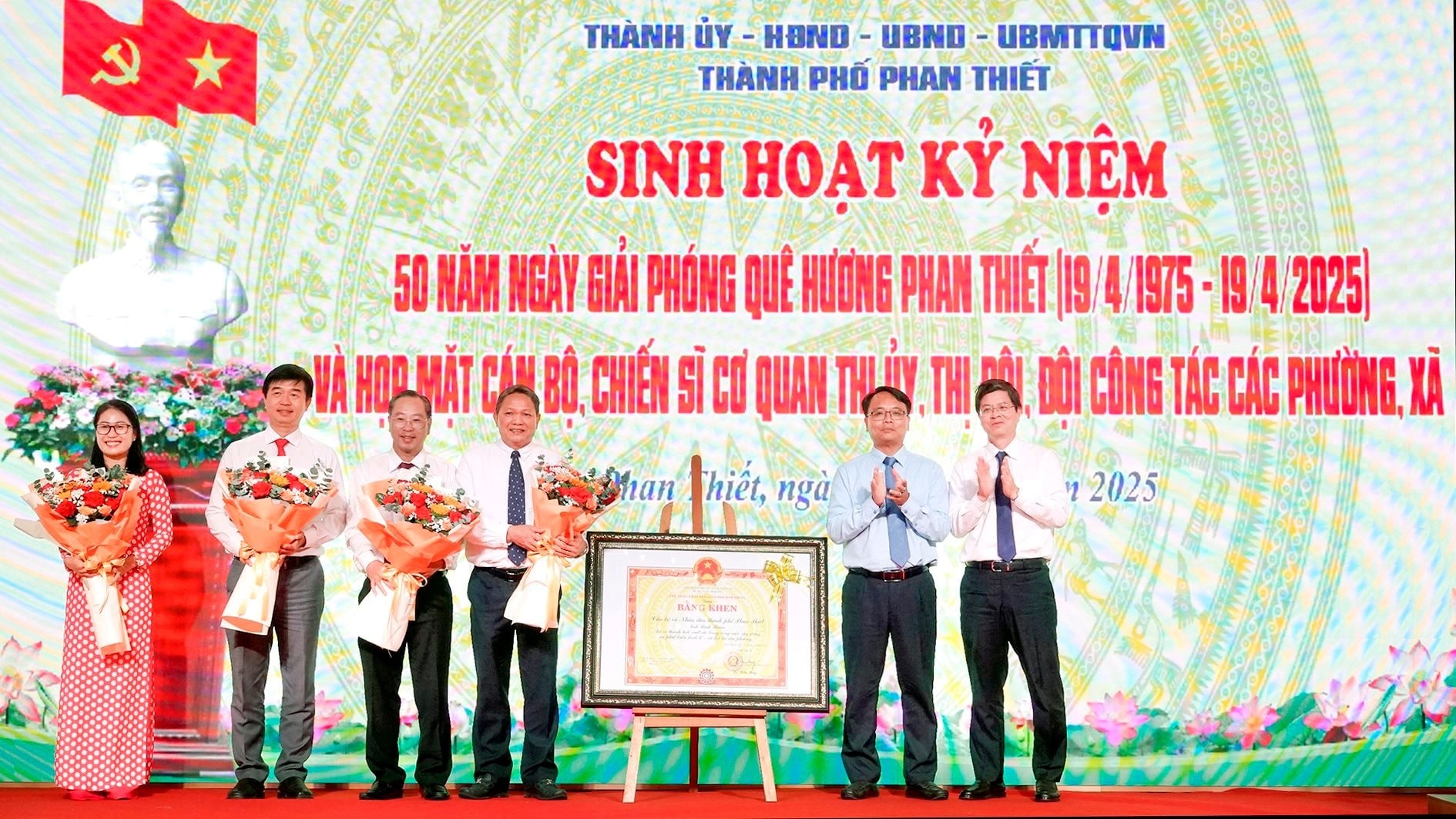
.jpg)
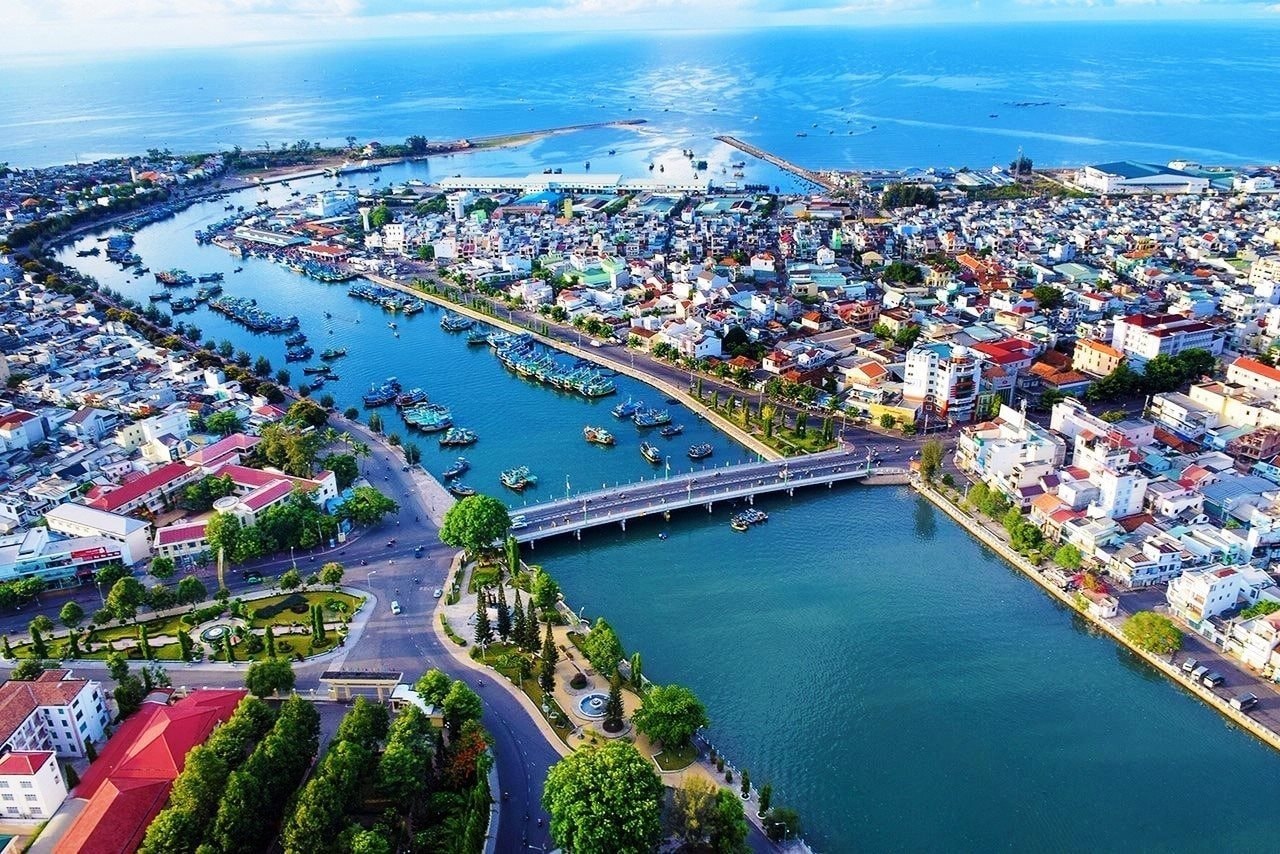
Tourism remains a spearhead of Phan Thiết’s economy, with eco-friendly, high-quality travel offerings. The Hàm Tiến – Mũi Né brand continues to shine as a national tourism zone, while Tiến Thành is rising rapidly, anchored by the NovaWorld tourism complex, attracting visitors with major cultural and entertainment events. In 2023, the city co-hosted the National Tourism Year: "Bình Thuận – Green Tourism Comes Together", further cementing its status as a lively, must-visit destination.
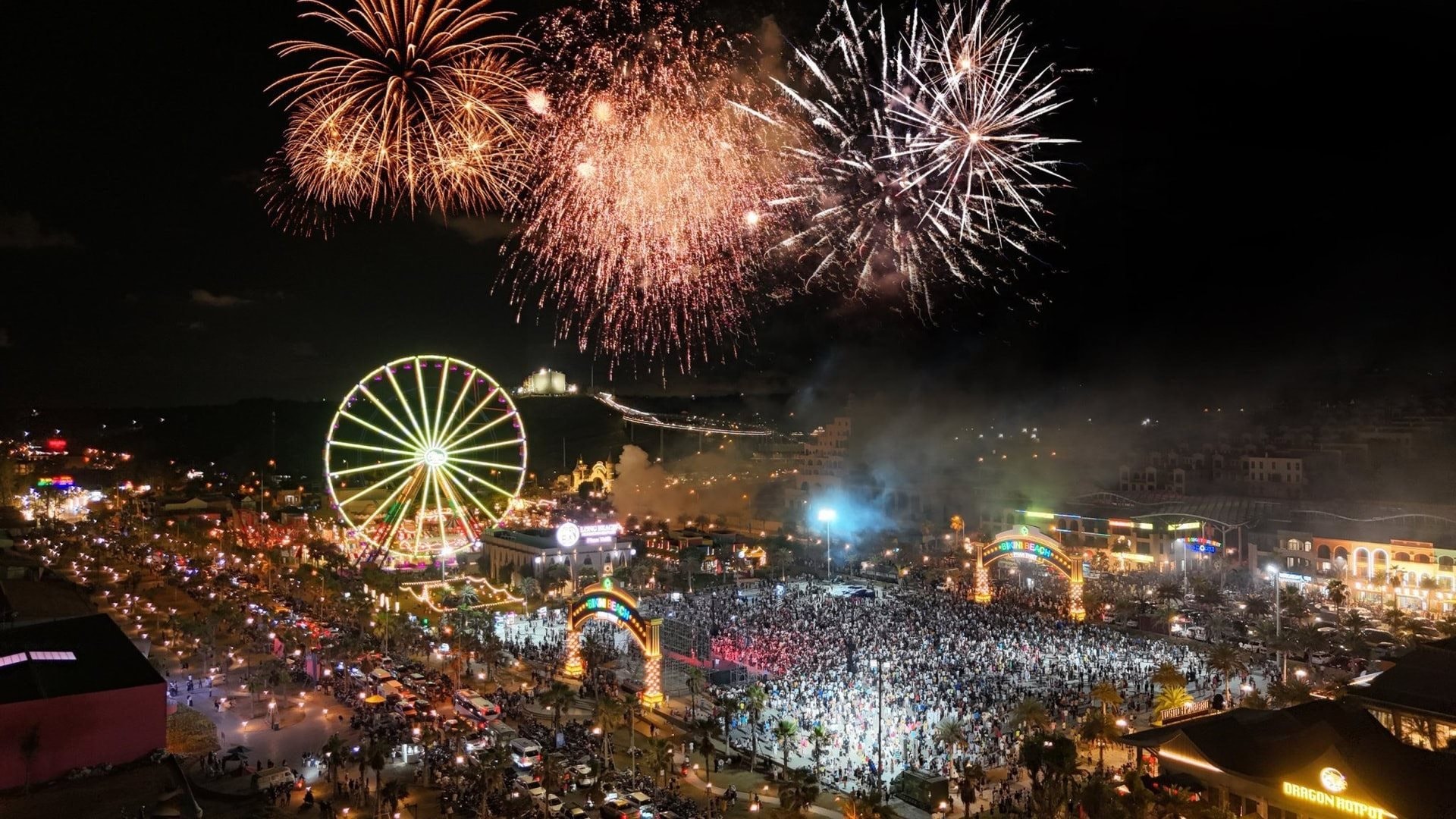
Alongside tourism, industry, handicrafts, traditional fish sauce production, and fishing remain vital to the local economy. The Phú Hài and Nam Cảng industrial zones contribute significantly to local revenue, while agriculture is shifting toward high-value crops as part of the new rural development initiative, improving lives across communities.
From 2020–2025, Phan Thiết’s total budget revenue is expected to exceed 8,500 billion VND, averaging 1,700 billion VND annually. The city is investing in transport, urban beautification, and infrastructure upgrades—nearly 650 billion VND for socio-economic development. Flagship projects like the Cà Ty River embankment are revitalizing the city’s landscape.
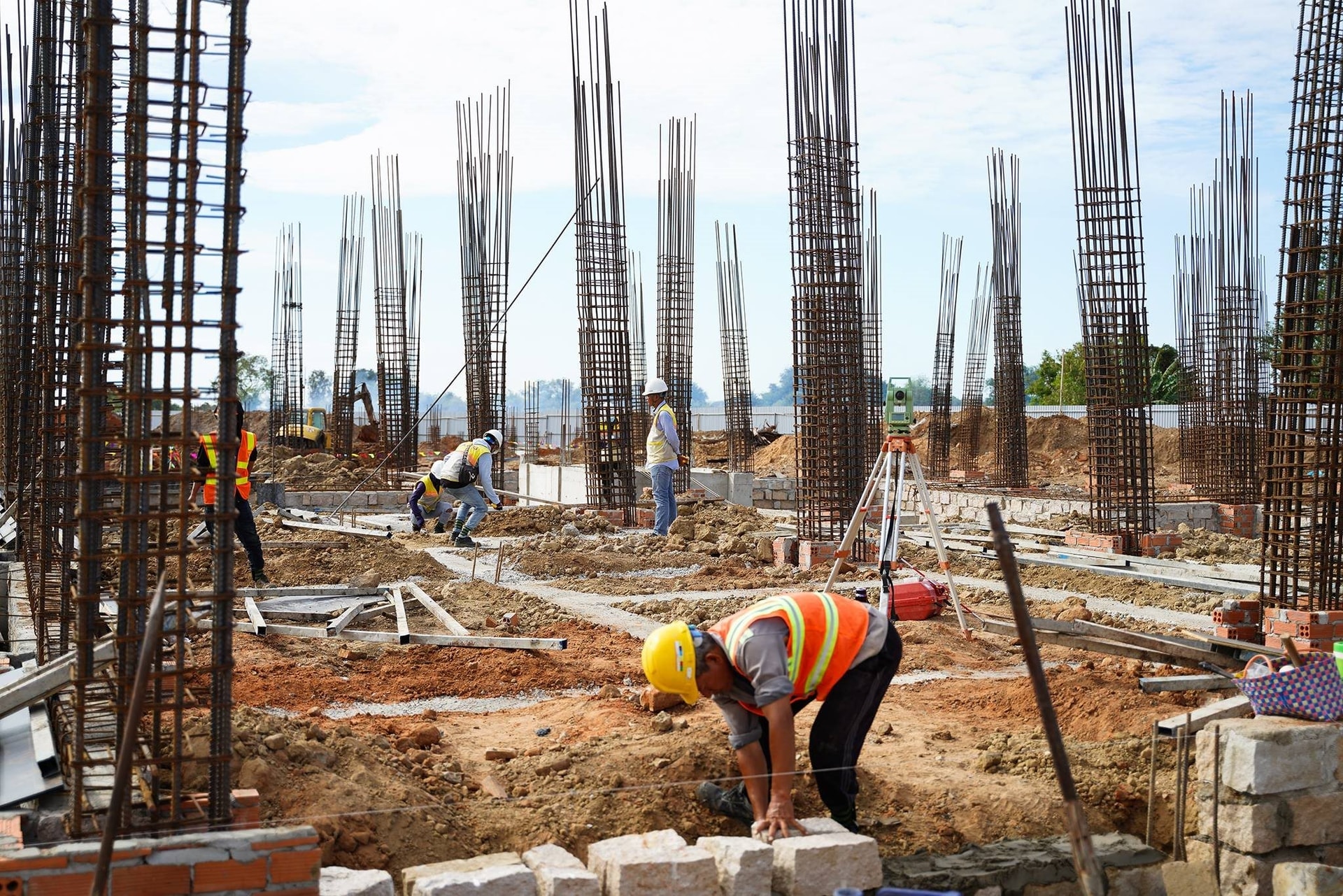
.jpg)
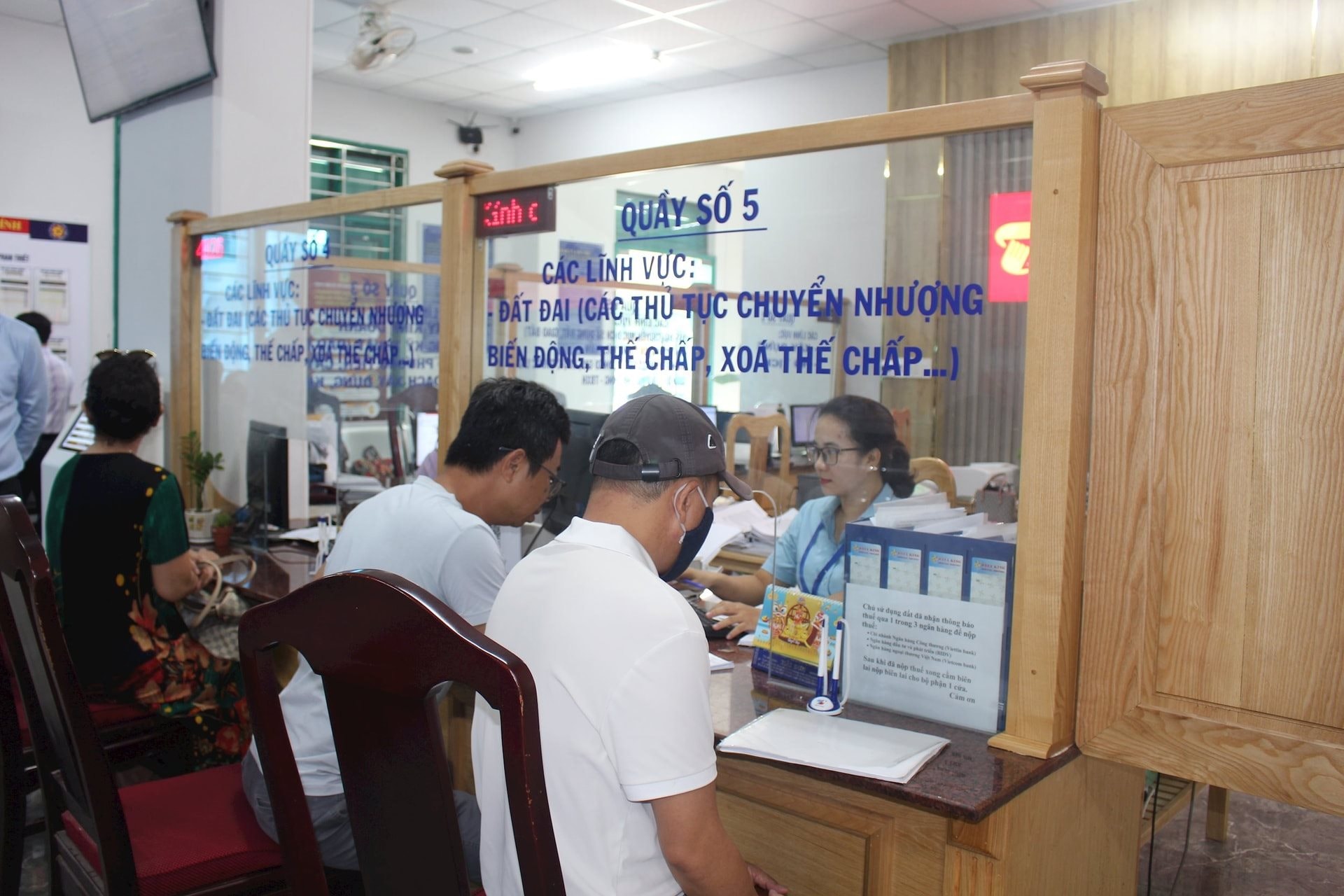
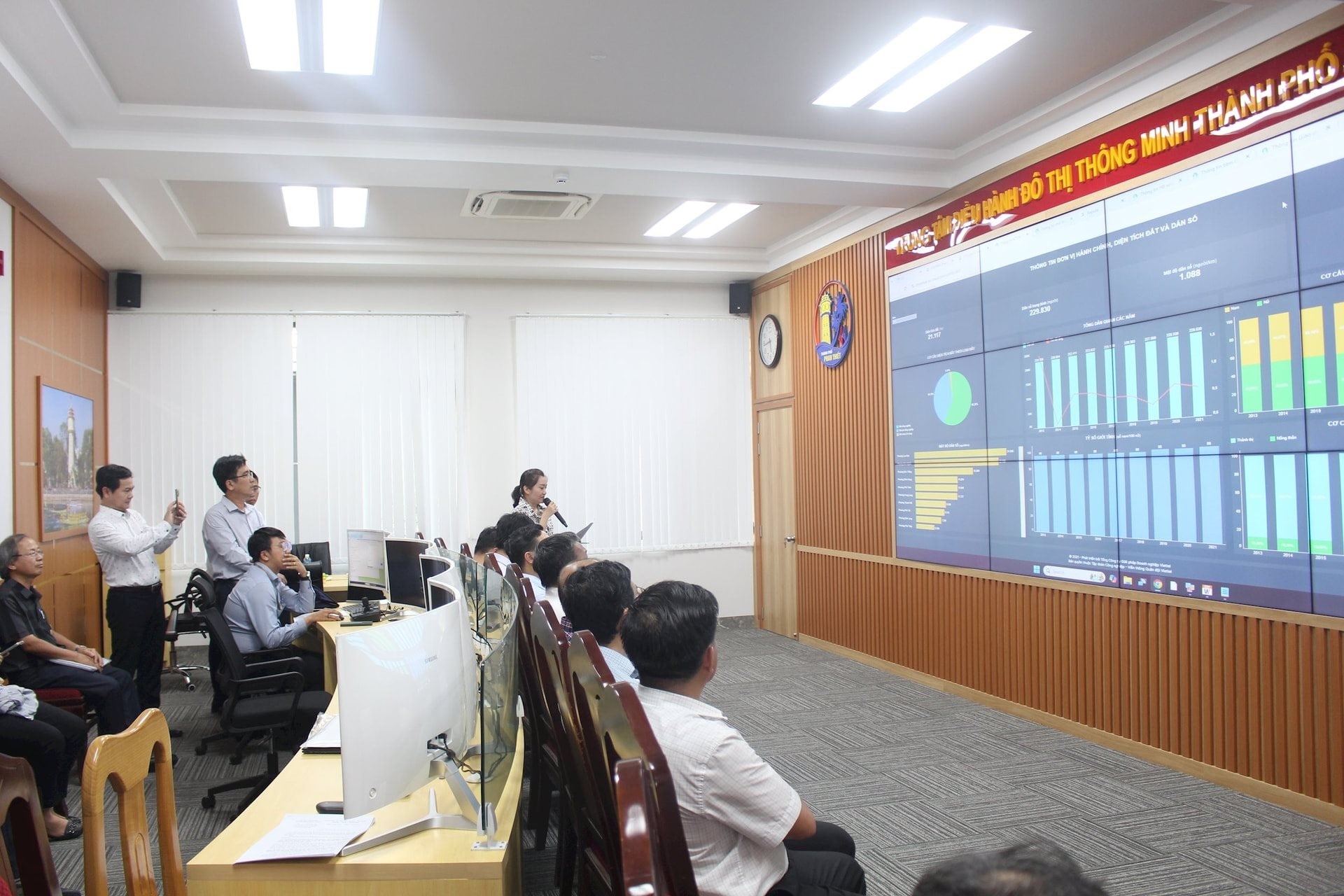
Modern Governance and Digital Transformation
Phan Thiết is also pushing forward with administrative reform and digital transformation, streamlining operations, enhancing public service, and building a digital-first government that puts people and businesses at the center. The city’s Intelligent Operations Center (IOC) has expanded its functions and is now connected to the provincial system. Political security and social order remain stable, while national defense is actively reinforced.
Over 50 years, Phan Thiết has overcome hardship and transformed itself into a dynamic, livable coastal city. With a clear strategic vision and a bold spirit, it is steadily positioning itself as a key economic and tourism hub in the South Central Coast region and across Vietnam.

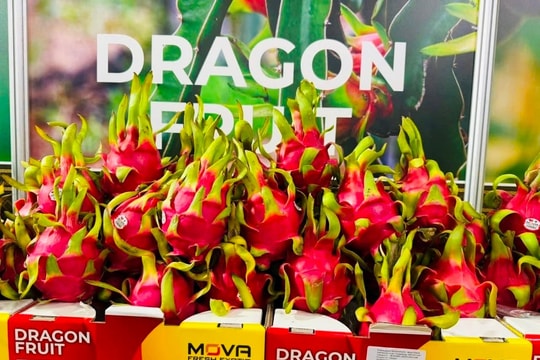

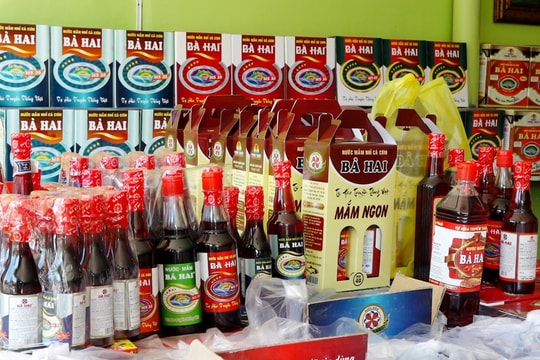

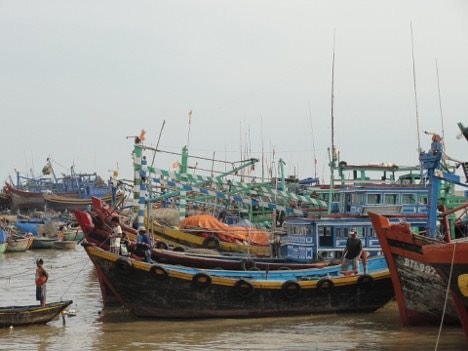
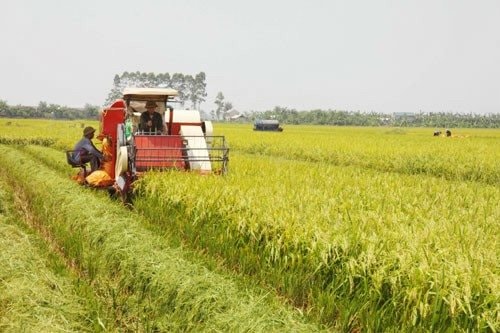


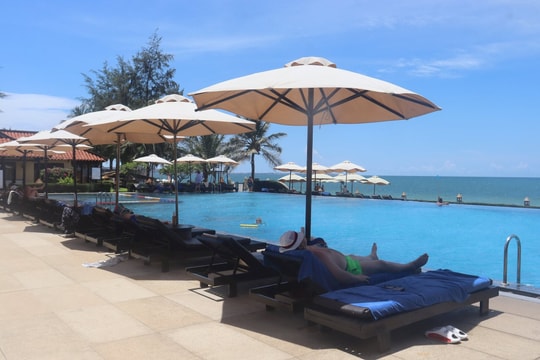
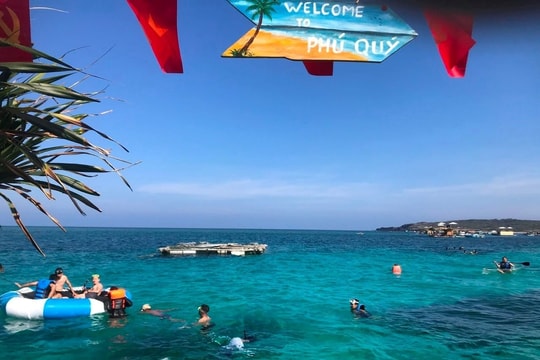
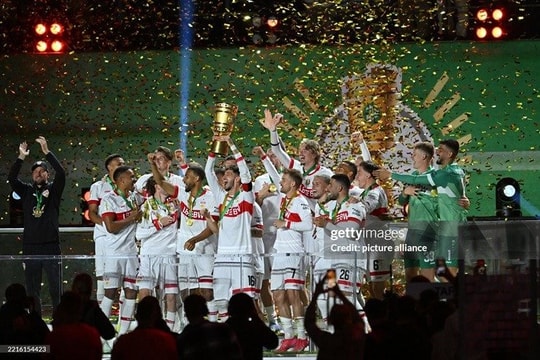




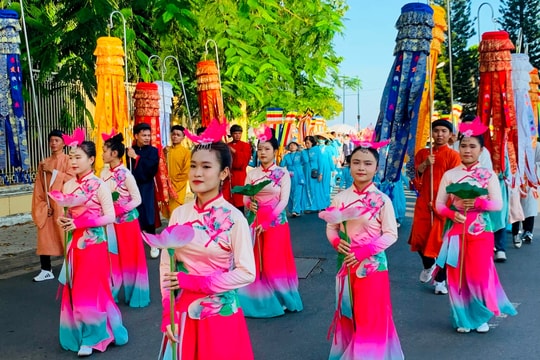



.jpg)





.jpeg)
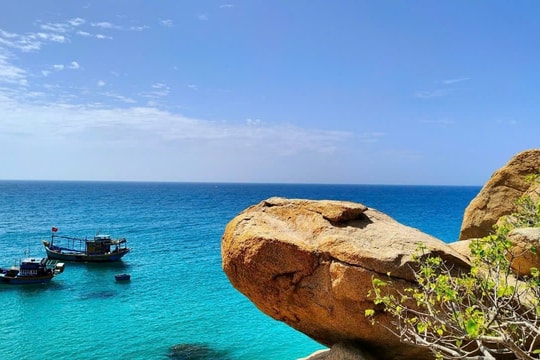
.jpeg)

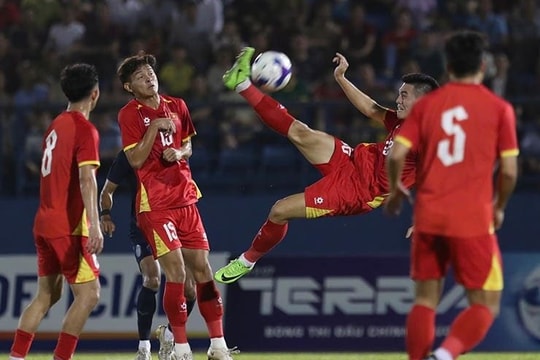
.jpeg)


